
Freunden von diesem Artikel berichten:
Pontiac's War and Little Turtle's War
Charles River Editors
Bestellware
 Weihnachtsgeschenke können bis zum 31. Januar umgetauscht werden
Weihnachtsgeschenke können bis zum 31. Januar umgetauscht werden

Auch vorhanden als:
Pontiac's War and Little Turtle's War
Charles River Editors
*Includes pictures
*Includes excerpts of contemporary accounts
*Includes a bibliography for further reading
Throughout history, there have been men of war and men of peace, but few have actually had a war named after them. One of them was Pontiac, also known as Obwandiyag, an Odawa chief who left his mark on history by continuing the battle against the British after their official triumph during the French and Indian War. While modern historians question how important Pontiac's role was in shaping America's destiny, his leadership during Pontiac's War was seen at that time as important enough to warrant significant articles and even a few 18th century books. Since these books were written by the British, or at least men who supported their cause, the descriptions of Pontiac were often not complimentary. Likewise, 19th century authors tended to portray him as something of an evil genius who plotted against the British and then drove his people into battle. Not surprisingly, 20th century scholarship depicted him differently, portraying Pontiac as an important leader who had more influence over his own local band of Native Americans than over some vast army.
When it comes to Pontiac, a few facts are certain. For one thing, he certainly led the first major attack of Pontiac's War in May 1763, when he and 300 of his men attacked Fort Detroit in what is now the city by the same name. Unfortunately for his cause, Pontiac failed to gauge just how strong the British presence there was, and his attack was quickly repelled. On the other hand, he was not a man who gave up easily, so instead of retreating, he and his warriors would lay siege to the British stronghold. In the days that followed, word spread of his efforts, and in short order nearly 1,000 men from various tribes in the area had joined him. They remained camped around the fort throughout the summer before finally giving up the siege.
After the Revolution, the new United States was faced with a fundamental problem: to expand, it had to settle lands to the west of the Appalachian Mountains, ceded to it by the British. However, the mountains were occupied by Native American groups who had no desire to make way for white settlers. The treaty had created a vast frontier for the fledgling nation, and any American settlers pushing west along it were bound to encounter hostile natives.
For the most part, the conflicts that followed consisted mostly of the Native Americans suffering defeat in the face of a better-equipped adversary, interspersed with binding treaties, which, on the side of the federal government, proved not very binding at all. Occasionally, however, there arose a Native American leader of such ability that such defeats were temporarily reversed, and Little Turtle, the war chief of the Miami tribe, was one such man. Under his leadership, a confederation of Miami and other tribes inflicted the worst defeat ever suffered by an American army in the newly independent nation. Almost a quarter of the Army's total strength was lost in a single battle, but while later Native American leaders such as Sitting Bull and Crazy Horse have become legends, Little Turtle is not as well-remembered. This is particularly odd, given that he actually defeated the American military and helped shape the development of the nascent United States and its military.
The short war between a confederation of Native American tribes under Little Turtle's leadership has been referred to by many names, including the Northwest Indian War, the Ohio War, and the Miami War, but it is probably best known as Little Turtle's War. Before Little Turtle's War, it was believed that the U. S. did not need a professional army; that ordinary citizens would take up arms in times of threat and serve in militias as they had done in the fight against the British. After this war, the U. S. government was forced to recognize the need for a professional standing army.
| Medien | Bücher Taschenbuch (Buch mit Softcover und geklebtem Rücken) |
| Erscheinungsdatum | 5. März 2020 |
| ISBN13 | 9798621907006 |
| Verlag | Independently Published |
| Seitenanzahl | 148 |
| Maße | 216 × 280 × 8 mm · 358 g |
| Sprache | Englisch |
Weitere Titel von Charles River Editors
Andere haben auch gekauft
Alle Titel von Charles River Editors ansehen ( u. a. Taschenbuch und Buch )









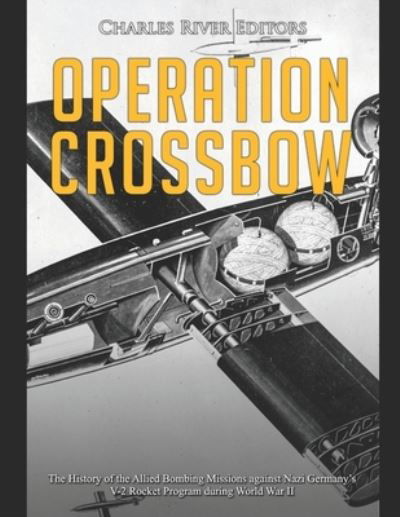
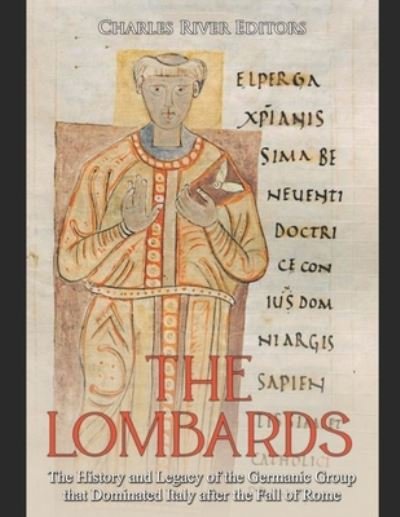
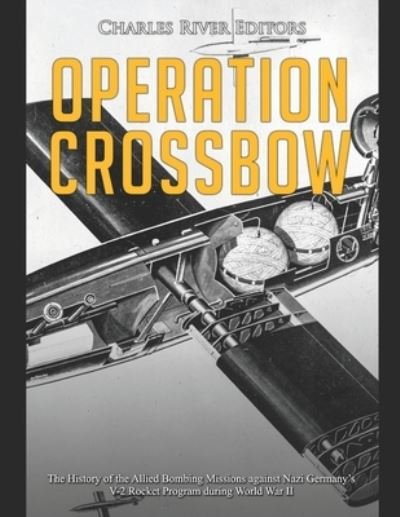
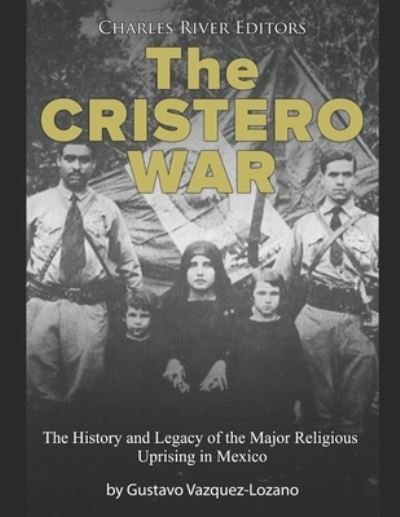

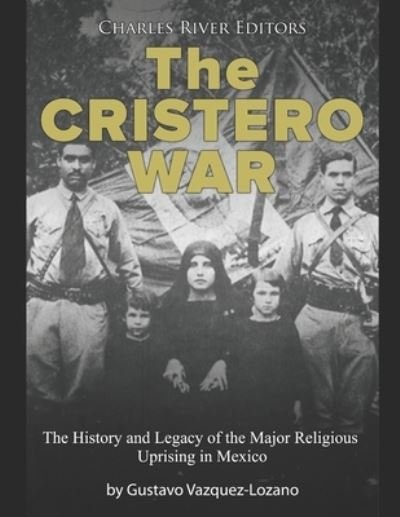















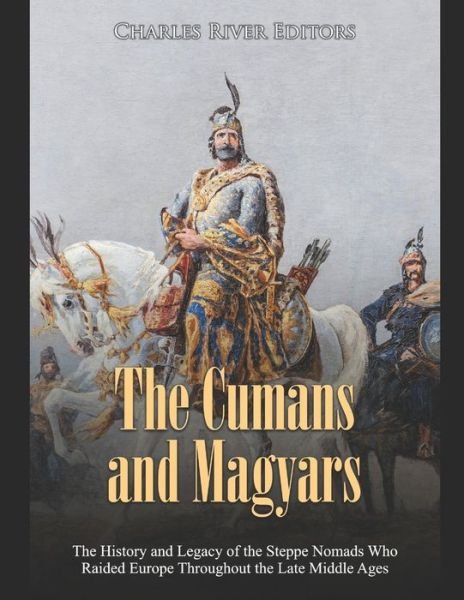
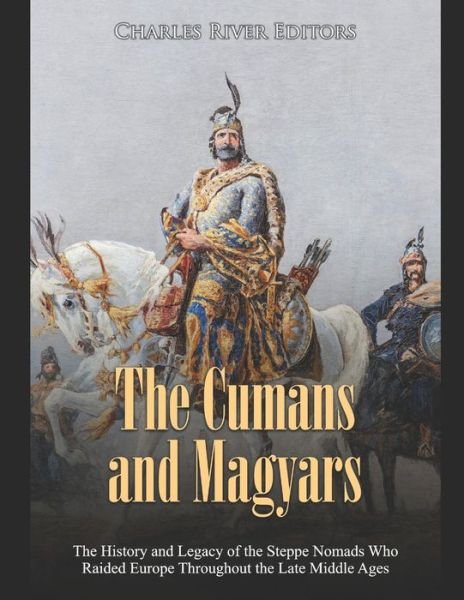



![Cover for Charles Dickens · Den hjemsøgte mand og åndens tilbud (Nyillustreret) (Gebundesens Buch) [1. Ausgabe] (2022)](https://imusic.b-cdn.net/images/item/original/123/9788772048123.jpg?charles-dickens-2022-den-hjemsoegte-mand-og-aandens-tilbud-nyillustreret-gebundesens-buch&class=scaled&v=1654049104)
![Cover for Linda Lehun · Musikbogen (Taschenbuch) [1. Ausgabe] (2016)](https://imusic.b-cdn.net/images/item/original/063/9788759891063.jpg?linda-lehun-2016-musikbogen-taschenbuch&class=scaled&v=1486719785)
![Cover for Dian Hanson · The New Erotic Photography - Bibliotheca Universalis (Gebundenes Buch) [Multilingual edition] (2017)](https://imusic.b-cdn.net/images/item/original/715/9783836526715.jpg?dian-hanson-2017-the-new-erotic-photography-bibliotheca-universalis-gebundenes-buch&class=scaled&v=1490369714)





![Cover for Jesper Wung-Sung · To ryk og en aflevering (Taschenbuch) [3. Ausgabe] (2009)](https://imusic.b-cdn.net/images/item/original/996/9788763811996.jpg?jesper-wung-sung-2009-to-ryk-og-en-aflevering-taschenbuch&class=scaled&v=1341784896)



![Cover for Claus Drengsted-Nielsen · Lille dansk grammatik (Taschenbuch) [1. Ausgabe] (2016)](https://imusic.b-cdn.net/images/item/original/692/9788702194692.jpg?claus-drengsted-nielsen-2016-lille-dansk-grammatik-taschenbuch&class=scaled&v=1499896829)
![Cover for Jon Speelman · Modern Defence (Taschenbuch) [1st edition] (2000)](https://imusic.b-cdn.net/images/item/original/816/9781857442816.jpg?jon-speelman-2000-modern-defence-taschenbuch&class=scaled&v=1409611116)
